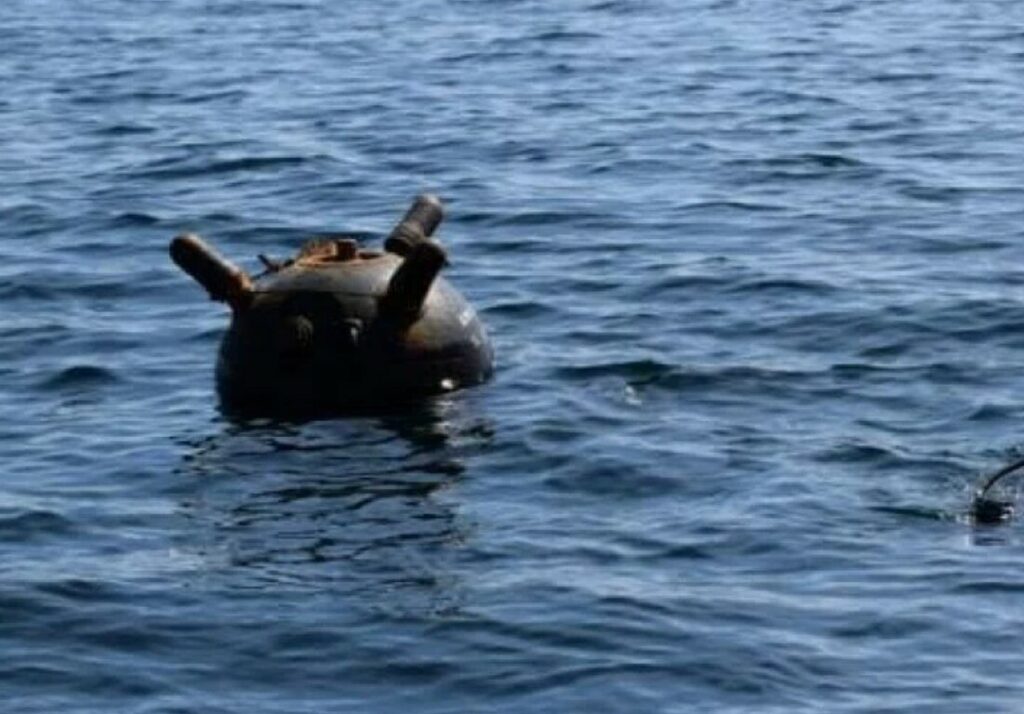A floating dock in Gaza: charity from the US or excessive costs?

The floating dock in Gaza, established for the delivery of humanitarian aid by sea, is discussed by the media of many countries. Many experts also criticize the project due to the large amount of money spent on the construction of the facility, as well as the short-term and unreliability of the pier.
USM tried to figure out whether the humanitarian floating pier in Gaza is worth the money (already spent and planned for the future) allocated for its construction, maintenance and repair.

The war between Israel and Hamas
Last year, the military conflict between Israel and the Islamist movement Hamas reached a new level. On October 7, 2023, militants from the Gaza Strip launched a massive rocket attack on the territory of Israel. Later, the news about the horrific capture and killing of civilian hostages by militants spread around the world, diverted attention from the war in Ukraine, and also divided the world into two camps: pro-Israel and “FreePalestine”.
But our short story is not about politics (although we will touch on it in part), but, as usual, about ports, the Navy and the fact that alleged corruption schemes and unpopular decisions take place not only in Ukraine.
After the outbreak of hostilities in Gaza, the humanitarian crisis intensified. In the spring of 2024, European countries and the United States estimated that 1.1 million people in Gaza could face starvation by May, as Israel increased checks on goods going by land to the region.
World leaders proposed an alternative solution — to build a floating dock that would allow humanitarian aid to be delivered “directly,” bypassing the Israel-Gaza Strip conventional borders.
Thus, the US authorities decided to send their military to the region so that they could build a floating pier on the territory of Gaza, to which food aid for civilians would be delivered.
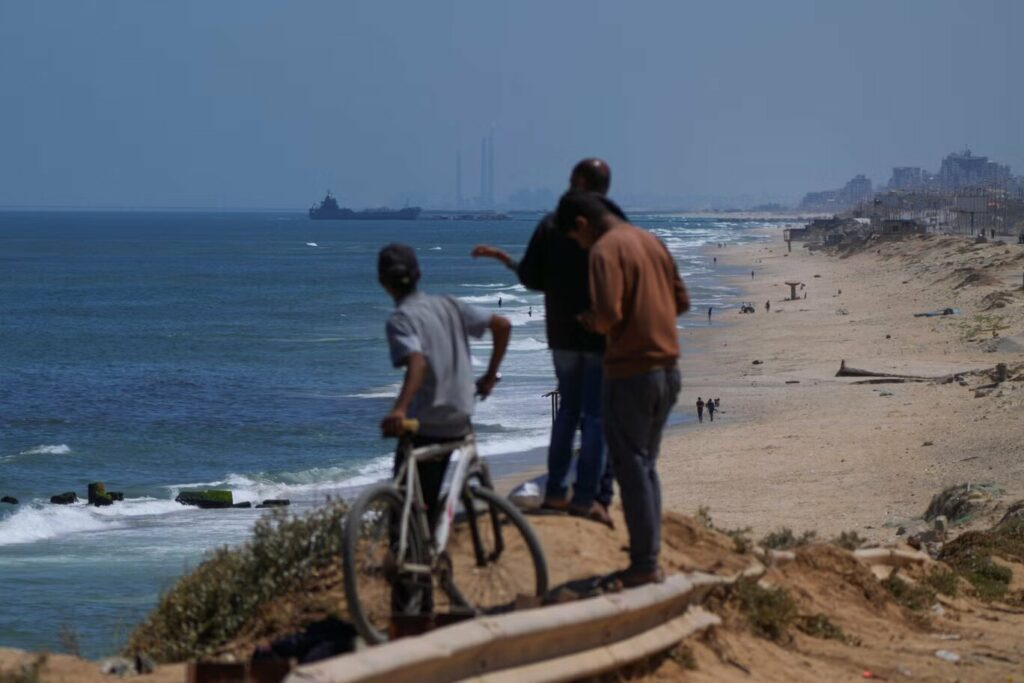
How they built a floating pier in Gaza
In March, due to the order of US President Joe Biden, the project received the “green light”. Actual construction began at the end of April and was completed in the first decade of May. It was planned that the pier would initially handle up to 90 trucks per day, and up to 150 trucks per day when it was fully operational.
They assembled a berth in the Israeli port of Ashdod , and transported it to the coast of Gaza. It was planned that the amount of humanitarian aid to Gaza would be increased thanks to the port, which Israel nevertheless allowed to be used.
Why couldn’t all humanitarian aid for Gaza be routed through the port of Ashdod? Firstly, due to difficulties with logistics, in particular, ground transportation. Israel should thoroughly inspect cargo bound for Gaza to prevent smuggling. This, in turn, would slow down the pace of aid delivery.

Another possible reason is the Yemeni Houthis, who are targeting ships they believe are connected to Israel or bound for its ports.
Following an Israeli strike that killed seven Western aid workers, international pressure forced Israel to at least temporarily expand the flow of aid to Gaza by land routes.
According to USAID estimates, 600 aid trucks should enter the territory of the Gaza Strip every day in order to prevent starvation. The plan is complicated by the fact that the delivery of humanitarian aid is bound with risks, both from shelling by the Israeli army and from looting by local terrorist groups or armed gangs. Accordingly, the floating pier was intended to take part of the required volume.
The price of a berth in Gaza – was it worth it?
The construction of the pier cost the United States 320 million dollars. This amount includes the pier itself and its installation, transportation of pier parts from the USA to the Mediterranean Sea, their assembly in the port of Ashdod and towing to Gaza.
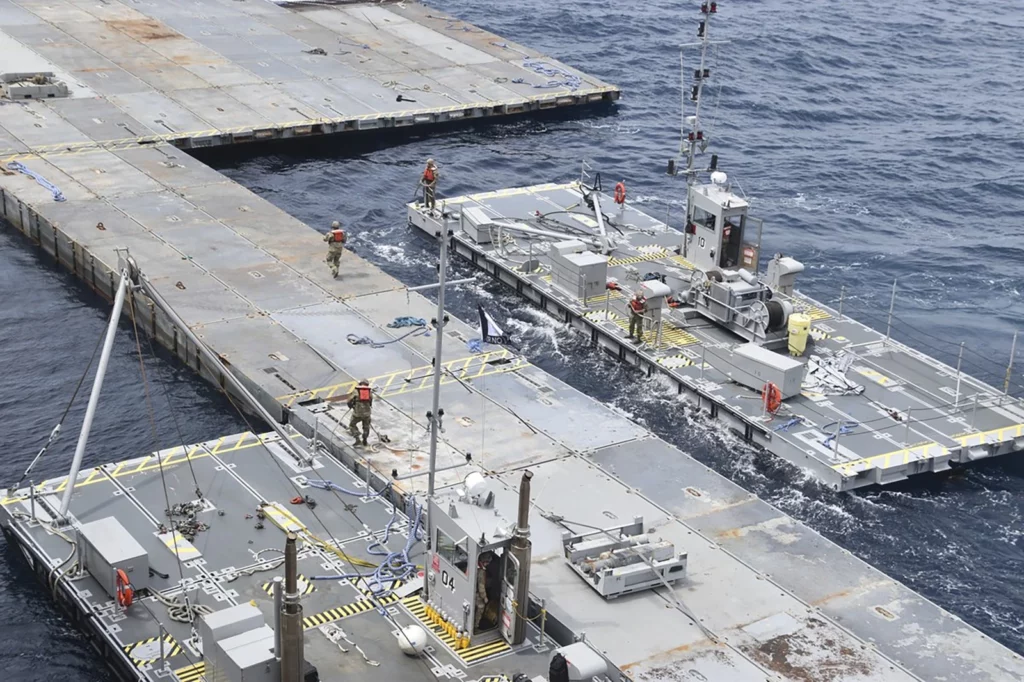
The amount also includes the costs of using naval and other vessels for transportation and berthing, security measures and infrastructure (warehouses, cars, etc.). The construction of the wharf involved 1,000 military sailors and soldiers who lived and slept on the Royal Navy ship RFA Cardigan Bay, which was deployed in the region.
Less than a month later, the floating dock in Gaza was swept away by the waves. Due to strong winds and waves, a part of the structure was carried into the sea. The wharf structure was not anchored to the seabed, but was held in place by small vessels moored nearby, making it vulnarable to adverse weather conditions. Ships also broke loose from their moorings and ran aground off the coast of Gaza.
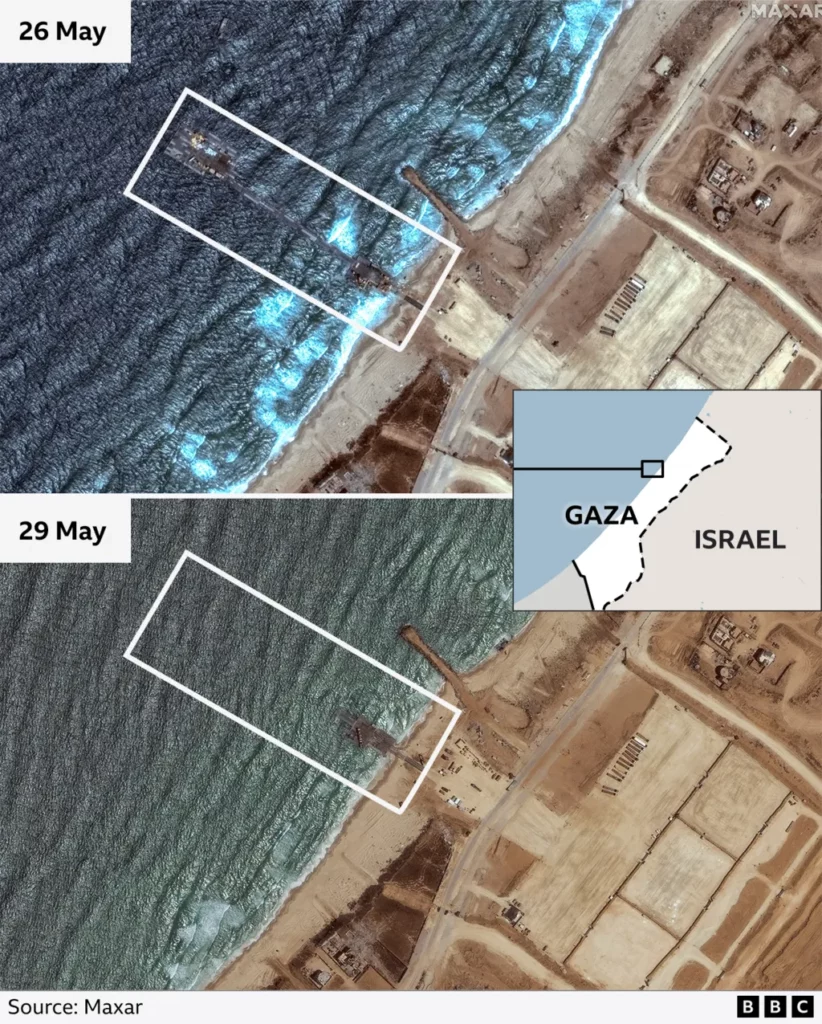
The Israeli Navy said it would help dismantle and tow away the damaged part for repair. The Pentagon said that the repairs will last more than a week.
The Mediterranean, especially in the east, is “known for sudden strong winds,” saiud James Stavridis, a retired Navy admiral and NATO commander. Strengthening the anchorage could help the pier cope with waves, he said, “but in any maritime operation, sometimes the weather can disrupt the best-laid plans.”
June came and the pier was shut down again, this time due to a missile attack. The head of the World Food Program, Cindy McCain, said aid distribution from the pier was “on hold” as warehouses near the temporary naval facility were attacked by missiles. One WFP employee was injured.
It was also reported that WFP and other humanitarian organizations in Gaza were “conducting an analysis of the situation” following the incident. USAID also confirmed that it is conducting a security review and will resume operations at the pier at a later date.
How economically feasible is it to build a pier in Gaza?
According to the UN, 900 tons of food were delivered to the organization’s warehouses in the Gaza Strip before the pier accident (according to the Pentagon, more than 1,000 tons). If we count with the available data, one ton of humanitarian cargo delivered to Gaza cost 320,000 dollars.
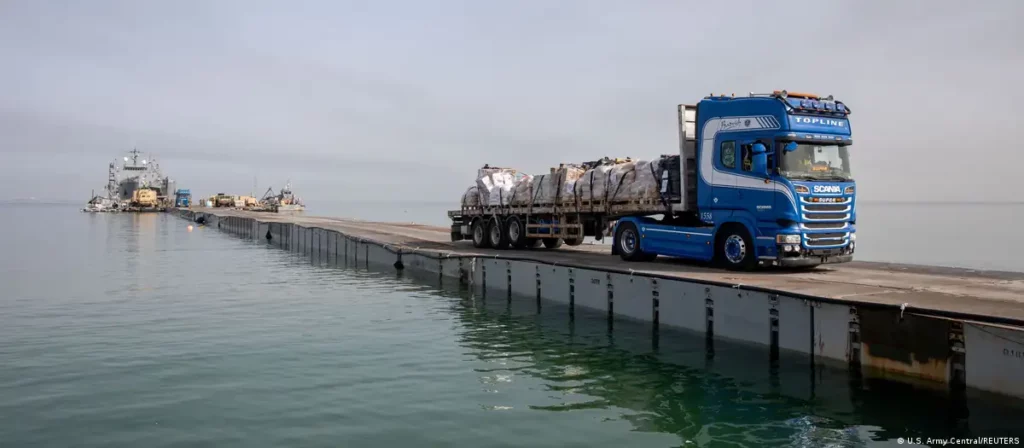
It was this amount that became the subject of criticism from players in the shipping industry. For example, the “Fogbow” company proposed to create a similar project from Cyprus to Gaza, which could be deployed within 28 days. According to “Fogbow’s” statement, the project will require $30 million to launch and then an additional $30 million per month to continue operations.
USM also tried to compare the cost of the Gaza wharf with other projects, such as entire ports.
Tangier-Med II, Morocco. In November 2010, the European Investment Bank (EIB) signed a loan of 200 million euros (about 263 million dollars at the time) for the construction of a deep-sea port. Even if we double this amount, taking into account the increase in the exchange rate, we will receive a little more than 520 million dollars. We will remind that in 2021, the port of Tangier-Med reached an indicator of 101 million tons of processed cargo. Like the pier in Gaza, the port is located in the Mediterranean Sea, so it also accepts the “challenges of nature”. And Tanger-Med II holds 5.5 million TEU containers, and two oil storage facilities are located on its territory.

A more modern example is Port Mariel, Cuba. The construction of the first phase of the port, which began operations in 2014, cost $300 million. Mariel is now one of Cuba’s key logistics hubs, capable of handling Super-Panamax vessels.
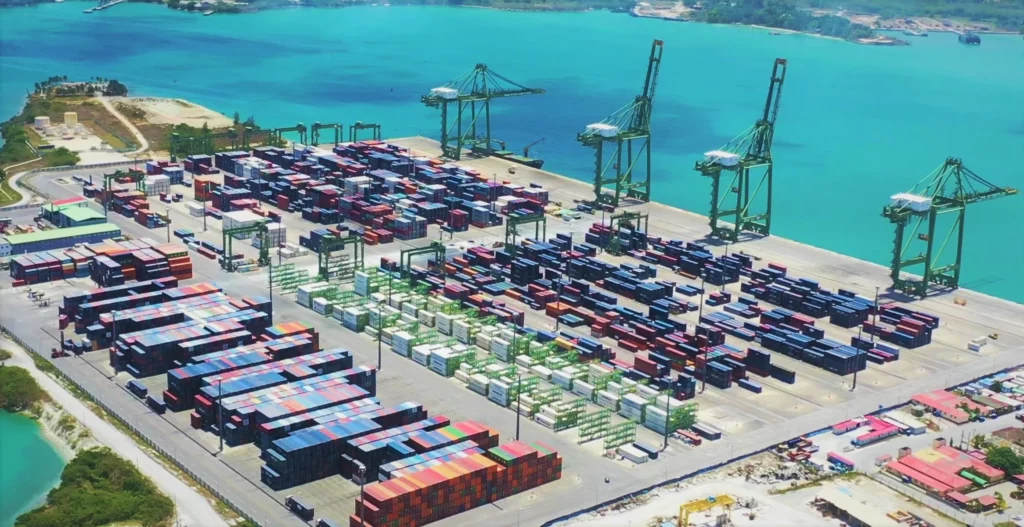
Calculating the cost of “old” ports is much more difficult. The history of many Ukrainian ports on the Black Sea begins several centuries ago. Ports were built and modernized during the times of the Russian Empire, the USSR and modern independent Ukraine. It is difficult to calculate investments allocated over the centuries in roubles, roubles, and dollars. Unless you can calculate the value of already existing ports at auctions, but this comparison will be incorrect. However, for example: during the tenth attempt to privatize the Bilhorod-Dniester port, the State Property Fund reduced the starting price of the lot by almost half — from UAH 183.95 million to UAH 91.97 million ($2.2 million). The port of Ust-Dunaisk was sold at auction for UAH 220 million ($5.4 million). Ports are unprofitable, they need stability and security during wartime. But the buyer receives a ready-made port for use, which has specialists, required depths, working berths, etc.
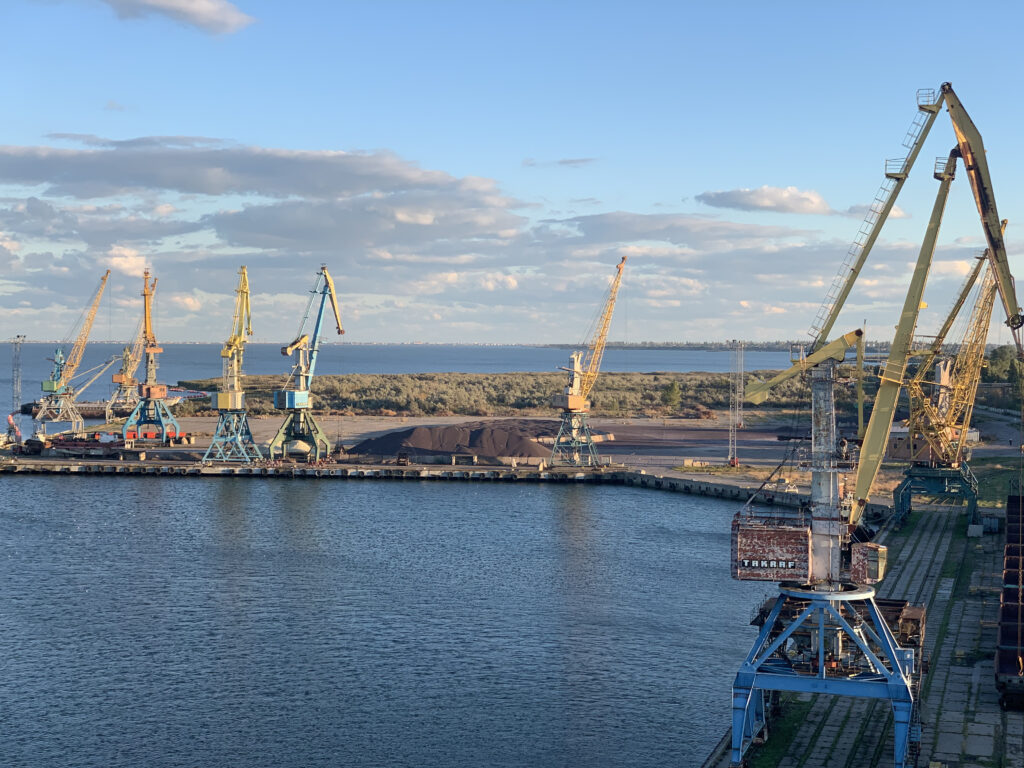
In the case of the Gaza pier, it is not even a port, but a floating structure attached to the shore and warships. In total, the pier worked for less than a month. So, given the unreliability of the structure, the construction time and the storms in the Mediterranean, it is obvious that the pier is expendable. But under such conditions, the cost of the structure that will have to be repaired must be appropriate.
A berth in Gaza: will there be a continuation?
Experts have estimated that the construction and maintenance of the floating pier will cost American taxpayers at least 15 million dollars per day.
Repeated accidents at the Pentagon’s dock in Gaza have sparked debate over whether it is safe and productive to continue using it to deliver humanitarian aid. At the same time, the Biden administration insists that the mission can still be saved. Representatives of the administration claim that the project is worth continuing because it helps to solve the food crisis in the region.
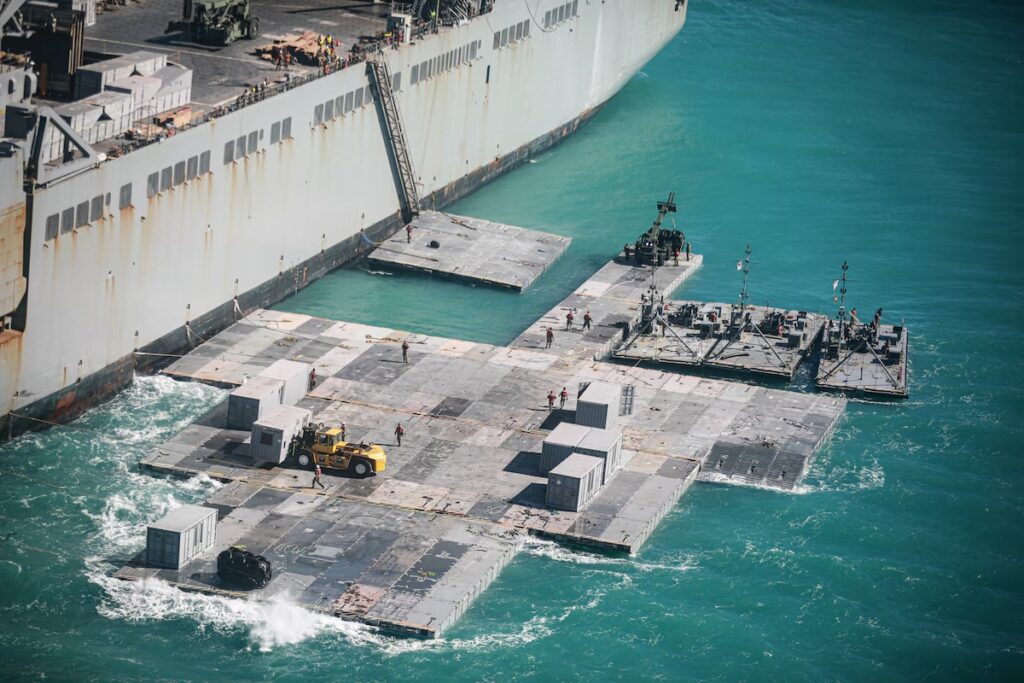
The pier has been criticized as a complicated and expensive alternative to delivering aid. The project itself, according to critics, is trying to divert attention from a much simpler solution — a demand for Israel to fully open all land crossings to Gaza and ensure the passage of humanitarian aid trucks. However, such a decision may be unpopular with Joe Biden, who wants to retain the support of Democrats before the election.
How the story with the pier in Gaza will end is currently unknown, as too many factors can affect the future picture. Among them are the extent of the food crisis and shelling in Gaza, the current policy of the US and its partners, as well as the disclosure of a detailed financial plan for the project.




